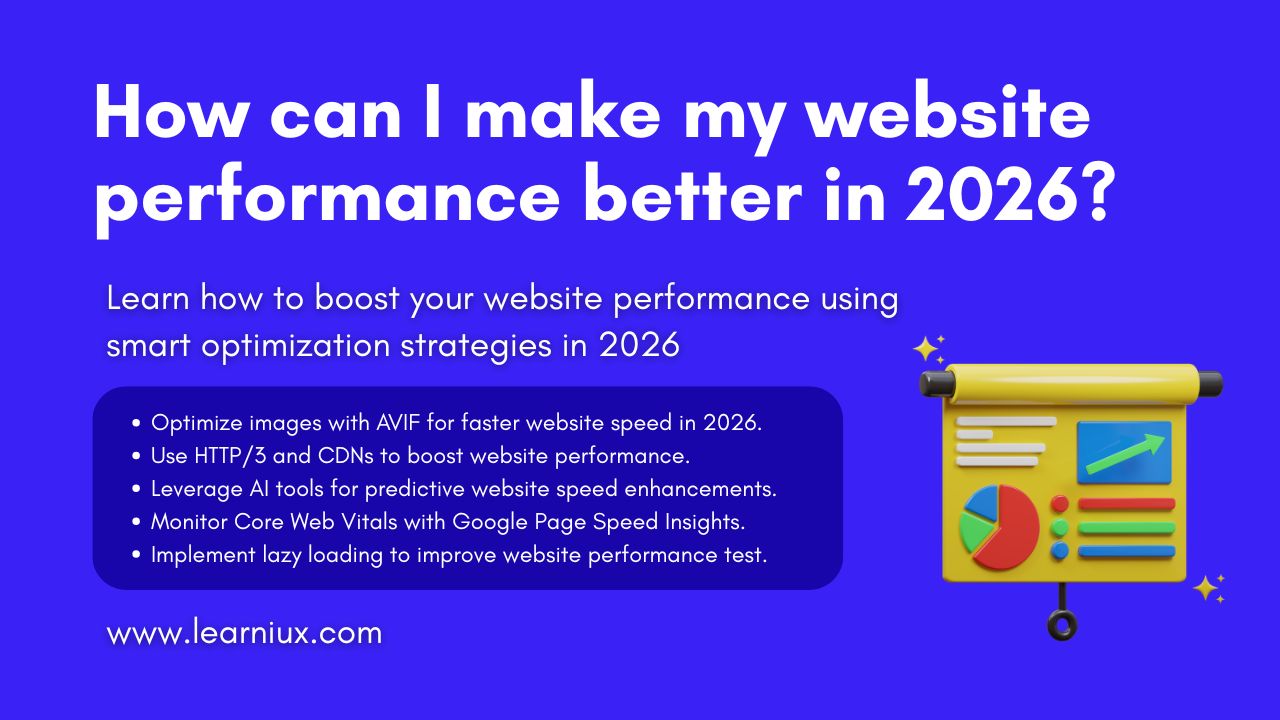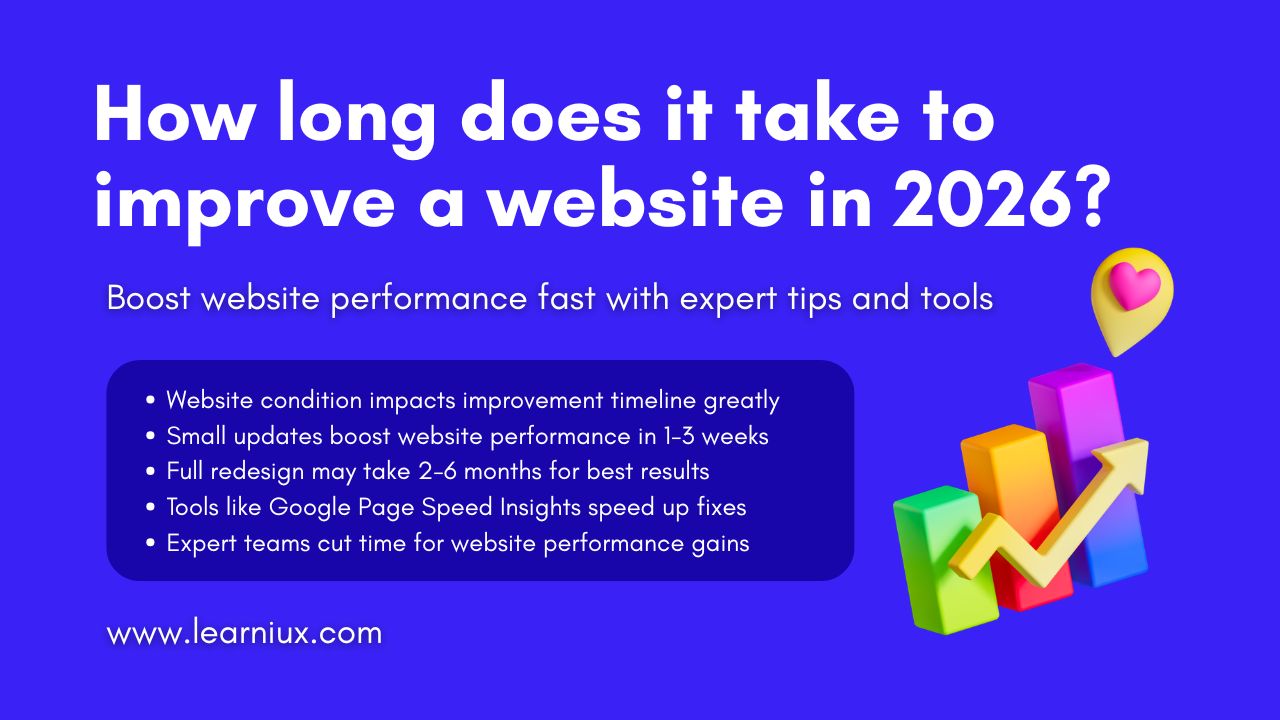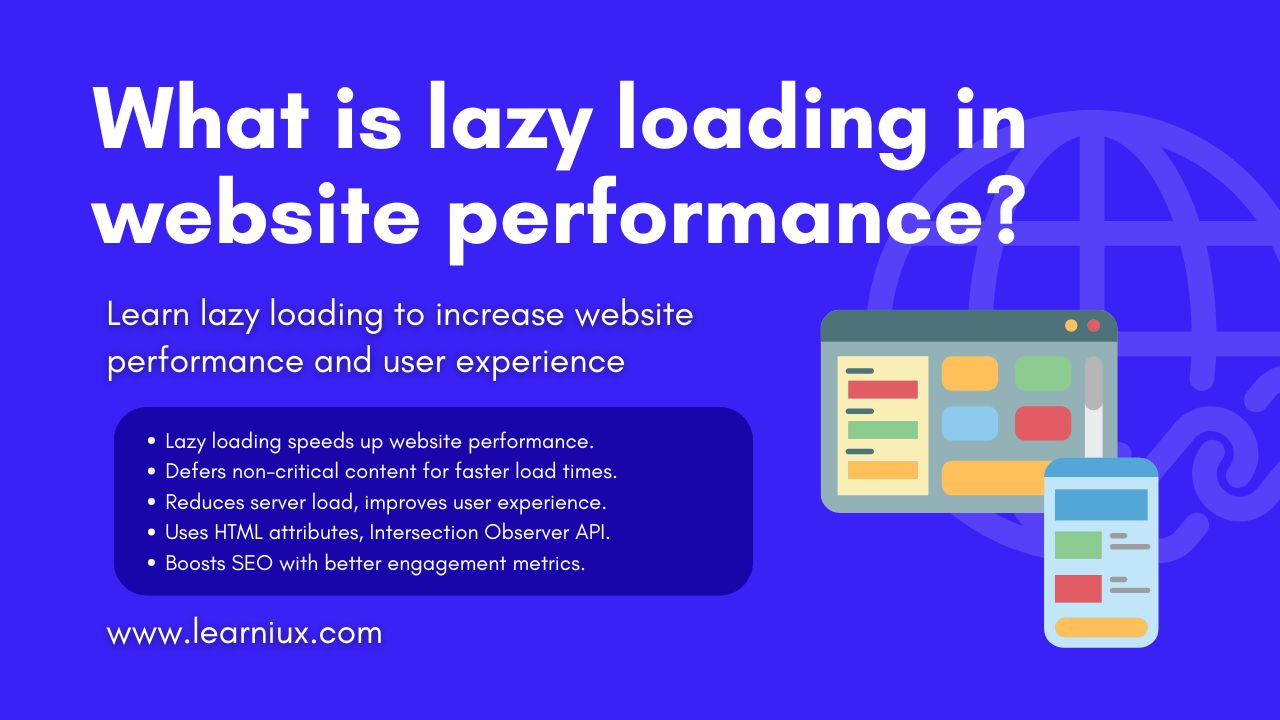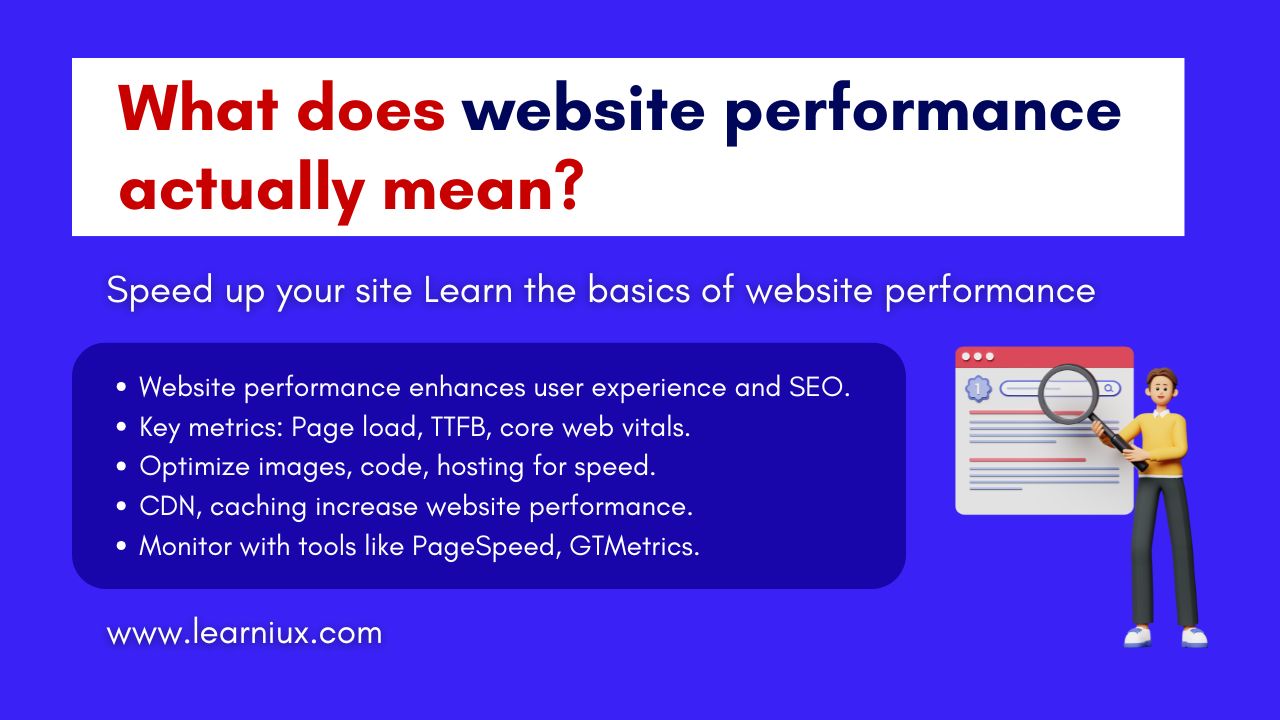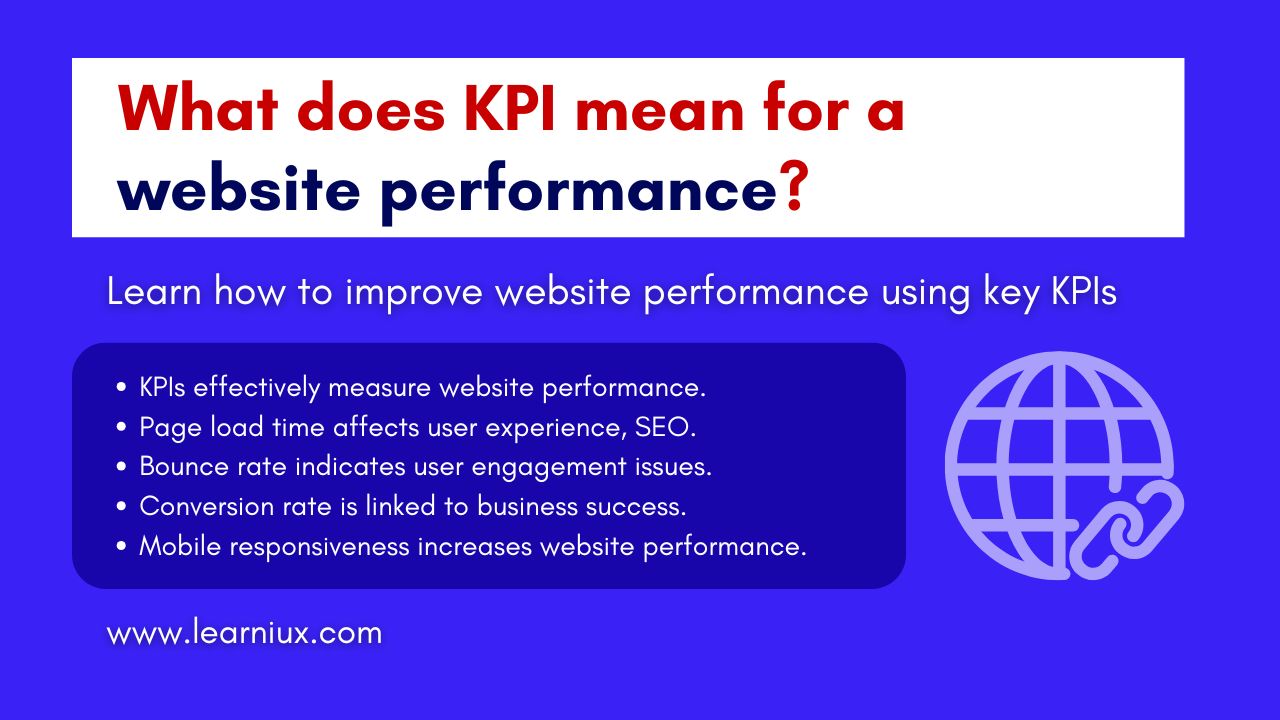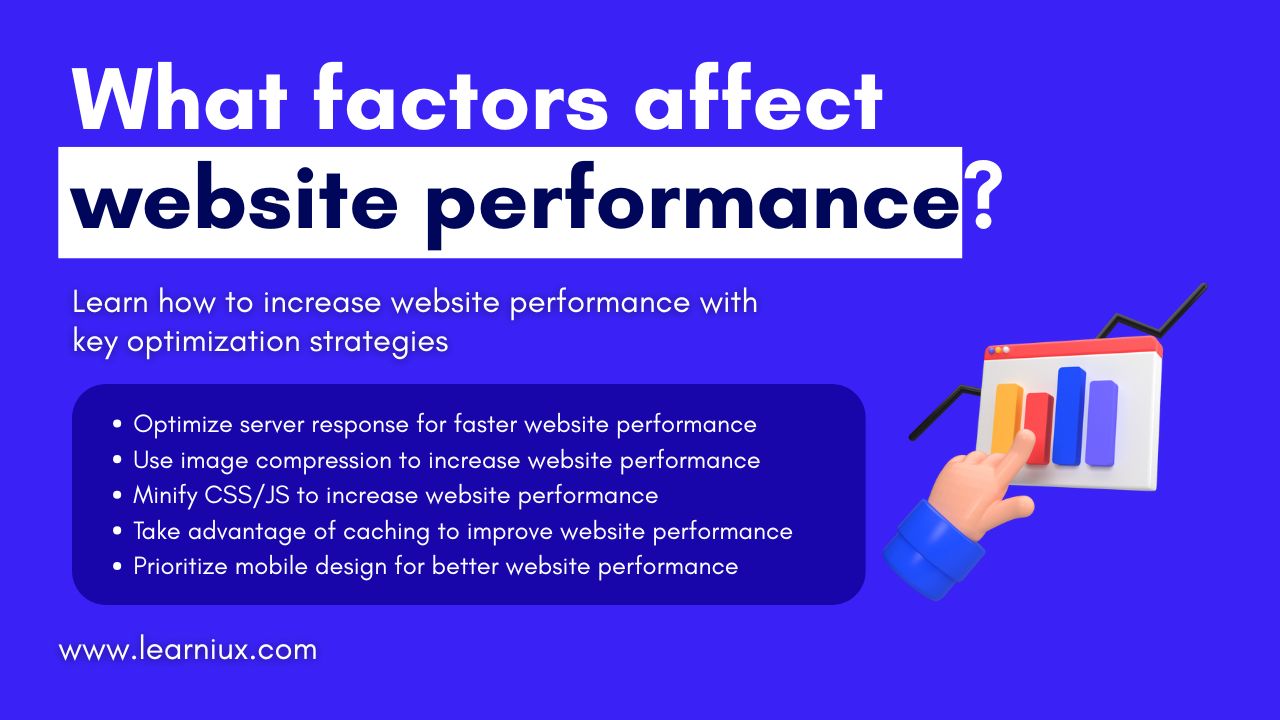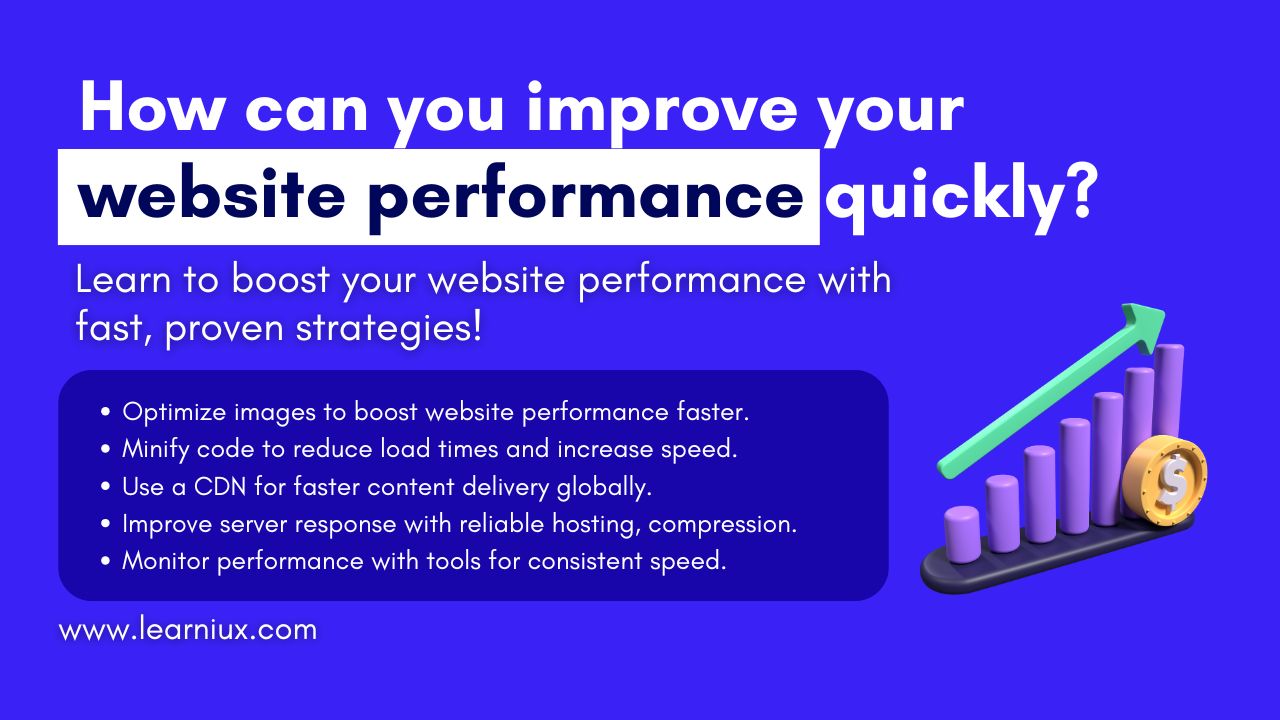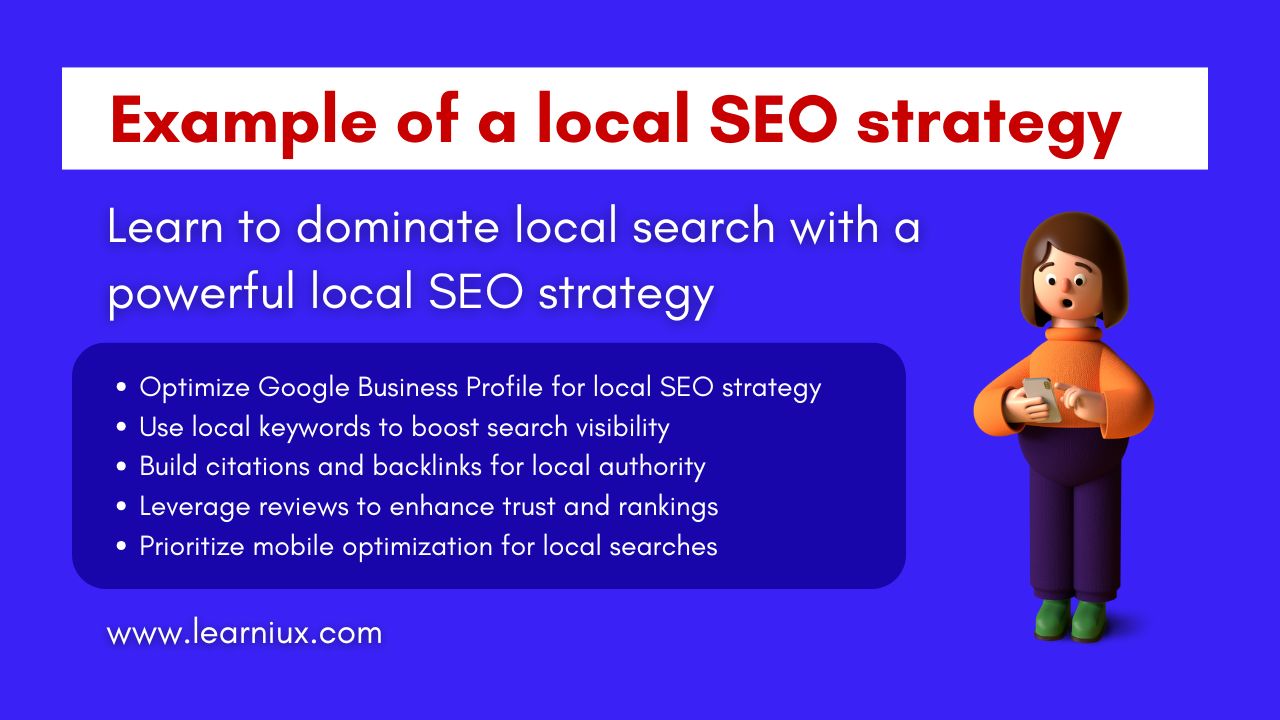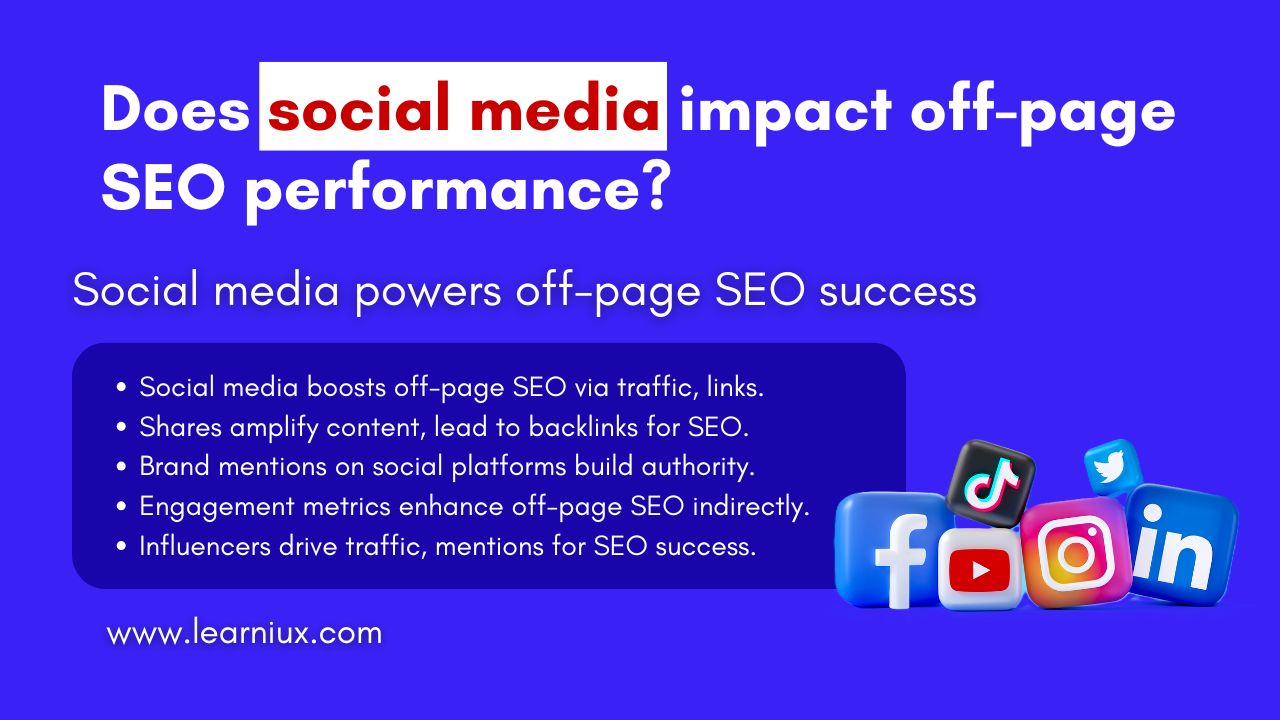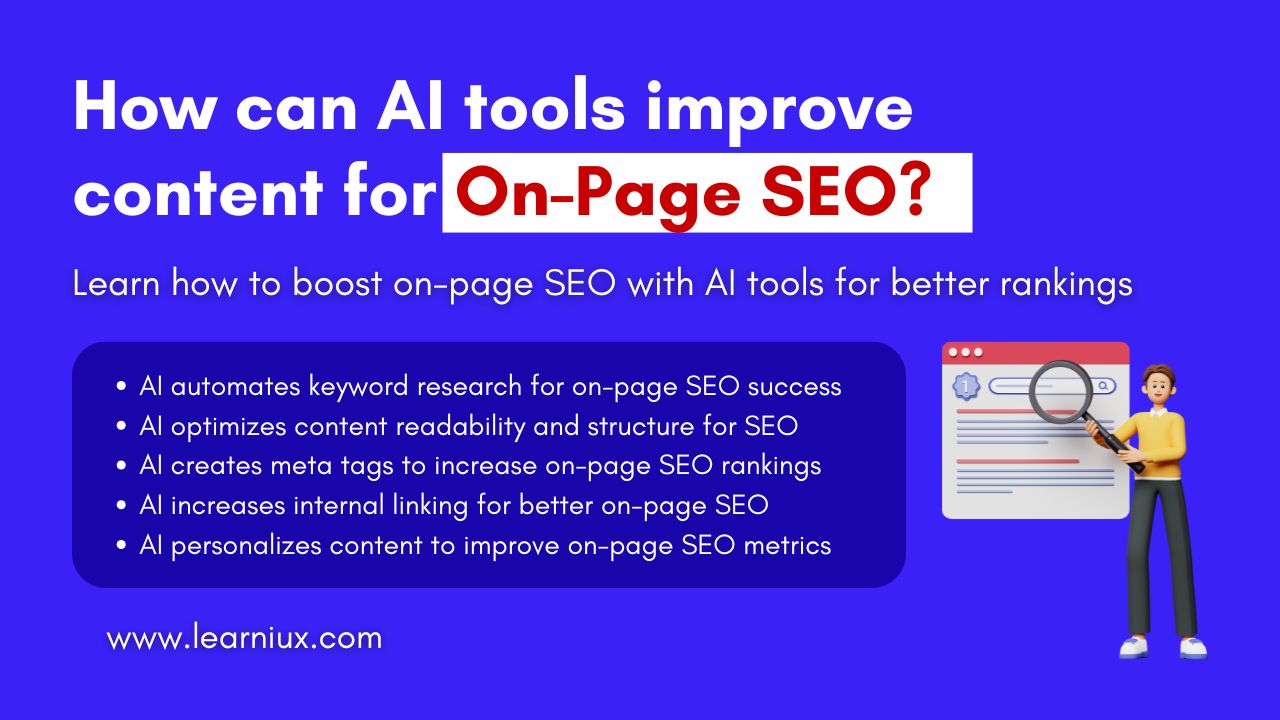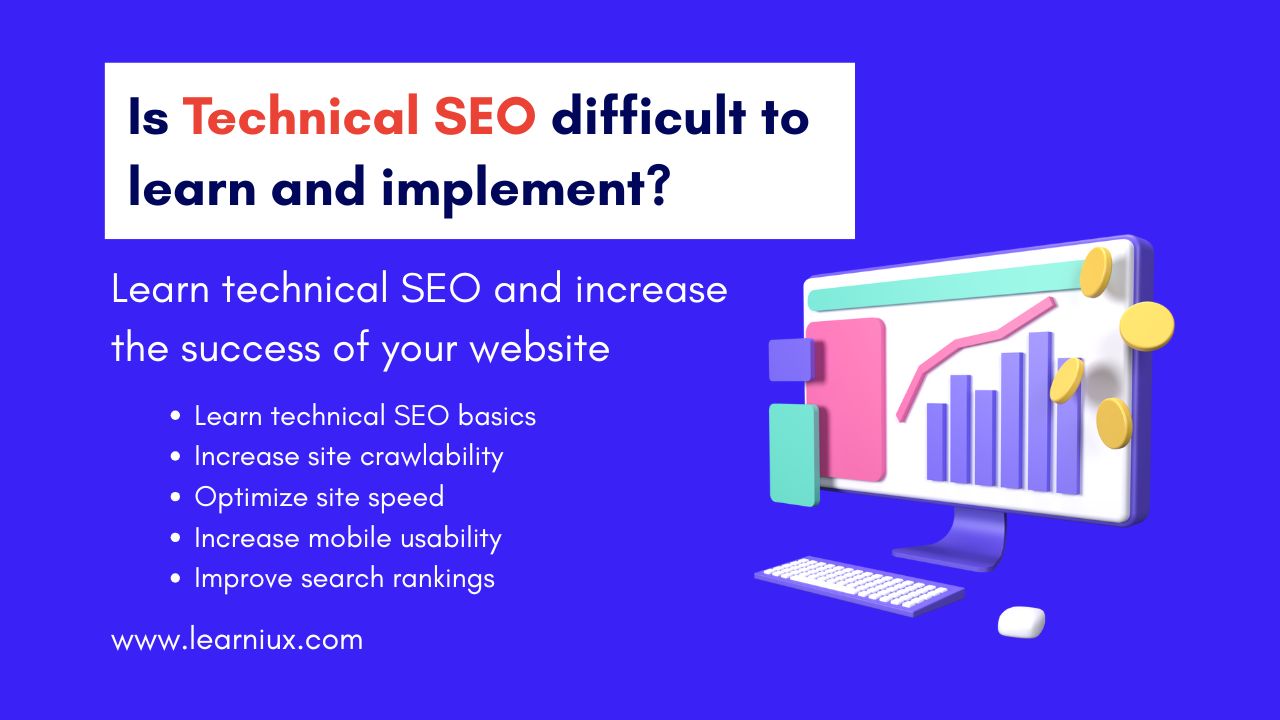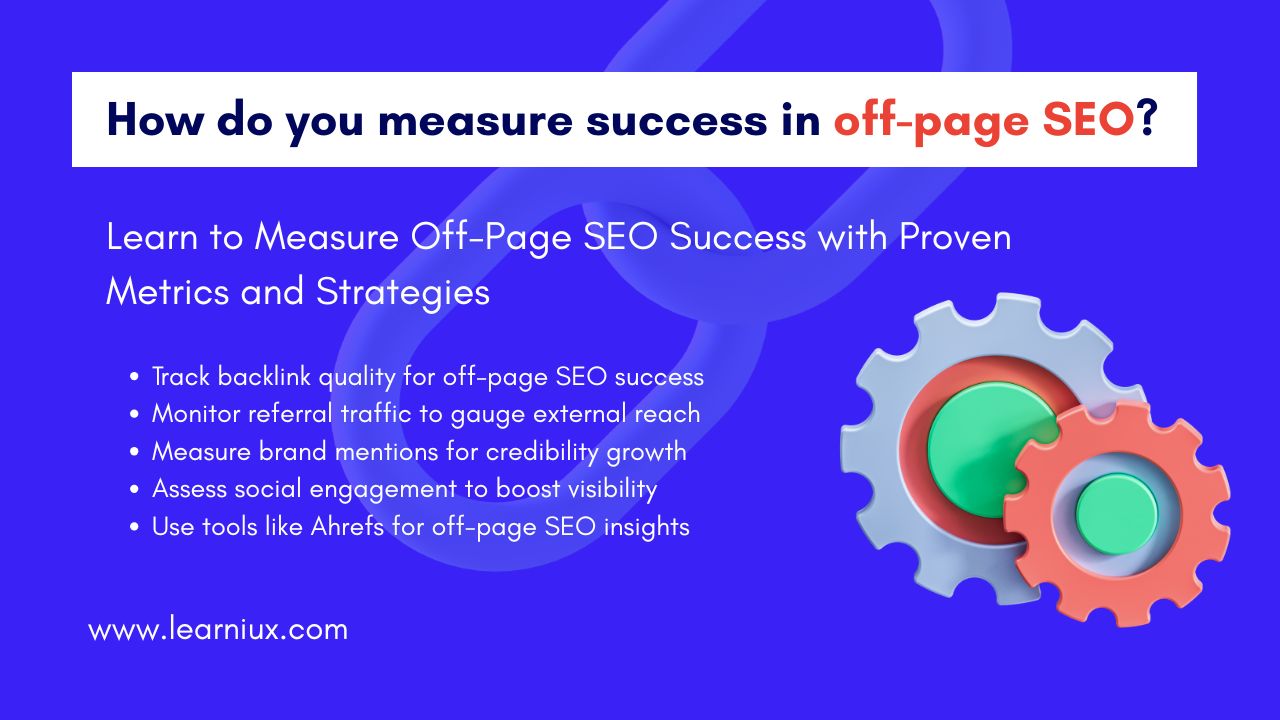In 2026, website performance is a cornerstone of digital success, impacting user satisfaction, search engine rankings, and business growth. As internet usage continues to grow due to advances in technology and user expectations, the need for fast, reliable, and efficient websites has never been greater. Whether you run a website, an e-commerce platform, or a personal blog, optimizing website performance is critical to staying competitive. This article explores the importance of website performance in 2026, exploring its impact on user experience, SEO, conversions, and sustainability, while covering tools like Google Page Speed Insights and Pingdom Website Speed Test to measure and improve performance.
Website performance includes metrics like page speed, responsiveness, and stability, all of which are critical to delivering a seamless user experience. A network speed test website or website speed test tool can help identify bottlenecks, but understanding why performance matters is the first step toward optimization. In this comprehensive guide, we’ll discuss why website performance is essential, how to measure it using tools like the Google Site Speed Test, and actionable strategies to improve it in 2026.
Why Website Performance Matters in 2026
Meeting User Expectations for Speed
In 2026, users expect to get information quickly, whether they’re browsing on a desktop or mobile device. Research shows that 53% of users abandon a website if it takes more than three seconds to load, making page speed a critical component of website performance. Slow websites frustrate users, leading to high bounce rates and lost opportunities. A website speed test or site page speed test shows how your site performs in real-world conditions, helping you meet these expectations.
For example, running a test website speed test with tools like Google Page Speed Insights or Website Speed Meter can help identify areas for improvement. Fast website performance keeps users engaged, spends more time exploring your content, and is more likely to convert, whether it’s making a purchase or filling out a form. In 2026, prioritizing website speed is non-negotiable to retain users and build trust.
Impact on Search Engine Rankings
Search engines, especially Google, heavily weight website performance in their ranking algorithms. In 2026, core web vitals [metrics like Largest Contentful Paint (LCP), First Input Delay (FID), and Cumulative Layout Shift (CLS)] remain central to SEO. As measured by Google Website Speed Test or Google Page Speed Insights, websites that excel in these metrics rank higher, driving more organic traffic. A website checker or website speed test can help you monitor these metrics and ensure compliance with Google’s standards.
For example, the Google Page Speed Test evaluates how quickly your site loads and provides a website speed report with actionable recommendations. By optimizing website performance, you increase your chances of appearing on the first page of search results, which is crucial for visibility in a crowded digital landscape. Tools like Google Site Speed Checker and Google Page Speed Analysis are essential for maintaining SEO competitiveness in 2026.
Achieve Business Success
Beyond user experience and SEO, website performance directly impacts business results. E-commerce websites with fast page speed see up to 20% higher conversion rates, as faster load times reduce cart abandonment. Website performance tests or website speed checks can reveal how your site stacks up against competitors. In 2026, businesses that invest in website performance testing tools and prioritize speed will see significant gains, turning visitors into loyal customers.
Key Factors Driving Website Performance in 2026
Technological Advancements
Technological advancements such as 5G, edge computing, and AI-driven optimization have changed the expectations of website performance in 2026. These technologies enable faster data delivery, but only websites that are optimized for speed can take full advantage of them. For example, a net speed test website or internet speed website can measure how network conditions affect your site, but optimizing code, images, and server response times is just as important.
Running a web speed testing tool or website for speed tests ensures that your site effectively leverages these advancements. Modern hosting solutions, such as serverless architectures and cloud-based platforms, further enhance website performance by reducing latency and improving scalability. In 2026, it’s essential to align your site with these technological trends to stay ahead.
Mobile-First Optimization
With over 60% of global internet traffic coming from mobile devices in 2026, mobile-first optimization is essential. Responsive design, optimized images, and Accelerated Mobile Pages (AMP) ensure fast website speeds on smaller screens. A website speed test or a site speed test built for mobile devices can identify issues like slow-rendering images or unoptimized scripts that are hindering performance.
Tools like Google Web Speed Test and Pingdom Website Speed provide mobile-specific insights, helping you fine-tune your site for different devices. In 2026, mobile users expect seamless experiences, and optimizing website performance for mobile is essential to meet these demands.
Sustainability and Website Performance
Sustainability is a growing priority in 2026, and website performance plays a key role. Energy-efficient websites that load faster use less server power, reducing their carbon footprint. A website checking site or internet site checker can assess how efficiently your site uses resources. By improving page performance test results, you align with eco-conscious values, attract an environmentally conscious audience, and enhance brand reputation.
For example, the Check Website Performance tool can identify energy-intensive elements such as large media files or excessive scripts. In 2026, sustainable website performance is an ethical and strategic advantage, which is relevant to users who prioritize green practices.
Benefits of Optimizing Website Performance
Enhanced User Experience
Great website performance makes users happier. Fast page speeds, smooth navigation, and minimal downtime create a positive impact, which encourages repeat visits. Testing a webpage speed tool or website speed test can confirm whether your site meets user expectations. In 2026, user experience is a key differentiator, and optimized website performance ensures that your site stands out.
For example, a speed checking website or website speed meter can provide real-time feedback on performance issues that users are facing. By addressing these issues, you create a seamless experience that keeps users engaged and satisfied.
Higher conversion rates
Website performance directly impacts conversions. Check Webpage Performance Tool or Google Webpage Speed Test can reveal how load times affect user behavior. For e-commerce sites, even a one-second delay can reduce conversions by 7%. Optimizing website speed test results ensures that users complete desired actions, such as making a purchase or signing up, which increases revenue.
In 2026, businesses that regularly monitor websites with tools like Google Site Speed Report or Pingdom PageSpeed Test will see measurable improvements in conversion rates. Faster websites convert visitors into customers more effectively, making performance optimization a high-ROI investment.
Competitive Advantage
In a crowded digital marketplace, excellent website performance sets you apart. A website test site or check website page speed tool can benchmark your site against competitors. Businesses with fast load times and consistent performance attract more visitors, retain users longer, and build stronger brand loyalty. In 2026, leveraging tools like Google Website Page Speed Test will help you stay ahead of the competition.
How to Improve Website Performance in 2026
Optimize Images and Media
Large, unoptimized images are a common cause of poor website performance. Using next-gen formats like WebP and implementing lazy loading ensures faster load times without sacrificing quality. A website speed test or Google Page Speed Checker can identify image-related issues, while AI-powered optimization tools simplify the process in 2026.
For example, a test website can highlight large media files for website speed or speed testing. By compressing images and using efficient formats, you can significantly improve page speed and user satisfaction.
Take advantage of browser caching
Browser caching stores static files locally, reducing server requests and improving website performance. In 2026, advanced caching strategies, such as service workers, deliver content to returning visitors more quickly. Check website speed Google tool or Google Page Speed Insights can verify the effectiveness of caching, ensuring faster load times.
Minimize code and scripts
Bloated code slows down website performance. Minifying CSS, JavaScript, and HTML files reduces file sizes, increasing load times. Tools like Webpack and Whitelist, combined with website performance testing, can help developers streamline code in 2026. Test websites or Check Web Performance tools can confirm the impact of these optimizations.
Use Content Delivery Networks (CDNs)
CDNs deliver content to servers around the world, reducing latency and increasing website performance. In 2026, CDNs with AI-driven routing ensure optimal delivery by serving content from the closest servers. Website analytics online tool or Google Site Speed Test can measure CDN performance, ensuring that your site loads quickly for users around the world.
Adopt modern frameworks and hosting
Modern frameworks like React or Next.js coupled with cloud-based hosting improve website performance by enabling faster rendering and scalability. Website speed testing with Google or Internet Site Speed Test can validate the impact of these technologies. In 2026, it is essential to adopt cutting-edge solutions to stay competitive.
Measuring Website Performance in 2026
Tools for Performance Analysis
There are many tools available to assess website performance in 2026. Google Page Speed Insights, Lighthouse, GTmetrix, and Pingdom Website Speed are the go-to options for generating detailed website speed reports. These tools analyze metrics like page speed, core web vitals, and server response times, providing actionable insights.
For example, the Google Page Speed Analysis or Google Web Page Speed Insights report can highlight specific areas for improvement, such as slow-loading scripts or unoptimized images. Website Site Checker or Check Website Performance tool offers similar insights, giving you a comprehensive view of your site’s performance.
Key Metrics to Monitor
Focus on metrics like Time to First Byte (TTFB), Largest Contentful Paint (LCP), First Input Delay (FID), and Cumulative Layout Shift (CLS) to measure website performance. A site performance test or page performance test can track these metrics over time, ensuring that your site meets the high standards of 2026. Regular monitoring with Google Site Speed Checker or Test Website Page Speed tool helps optimize your site.
Using a Net Speed Test Website
A net speed test website or network speed test website can measure how network conditions affect your site’s performance. Tools like Speedtest by Ookla or Fast.com provide insight into connection speeds, which can help you understand user experiences in different regions. Combining this with a website speed test ensures a holistic approach to optimization.
Real-World Examples of Website Performance in 2026
E-Commerce Success Stories
Leading e-commerce platforms, such as Amazon and Shopify, prioritize website performance in 2026 to drive sales. Using tools like Google Website Speed Test and Pingdom PageSpeed Test, these platforms achieve sub-second load times, reduce cart abandonment, and increase conversions. The Check Site Performance tool shows how their optimizations translate into real-world results.
Media and Content Platforms
Content-heavy sites like news portals and streaming services rely on fast website performance to retain users. Testing speed with Google Site or Google Page Speed Checker ensures that these platforms deliver content faster, even during traffic spikes. In 2026, media sites that prioritize page speed outperform their competitors with lower load times.
Challenges in Achieving Optimal Website Performance
Balancing Features and Speed
In 2026, websites often include complex features like animations, videos, and interactive elements, which can hinder website performance. A Check Page Performance tool or Website Speed Report can help identify trade-offs, allowing you to balance performance with speed. For example, a Test Webpage Speed tool can reveal if heavy scripts are slowing down your site.
Global Accessibility
Users access websites from different regions with different network conditions. The best internet speed test website or internet speed website can simulate these conditions, helping you optimize for a global audience. CDNs and regional caching strategies, certified by the website for speed tests, ensure consistent performance worldwide.
Keeping Up with Evolving Standards
SEO and performance standards evolve rapidly. In 2026, regular testing with tools like Google Web Speed Test or Google Site Speed Report is essential to stay up to date with Google’s core web vitals and other metrics. The Google Website Speed tool ensures that your site aligns with the latest requirements.
Future Trends in Website Performance for 2026
AI-Driven Optimization
AI tools are transforming website performance in 2026. From automated image compression to predictive caching, AI is improving page speed and user experience. Testing website speed tests or Google Page Speed Analysis can verify the impact of AI-driven optimizations, keeping your site up-to-date.
Progressive Web Apps (PWAs)
PWAs combine the best of web and mobile apps, delivering a fast, app-like experience. In 2026, PWAs improve website performance by enabling offline access and faster load times. A site speed test or check web page performance tool can measure PWA performance, ensuring that they meet user expectations.
Voice Search and Performance
With voice search on the rise in 2026, website performance needs to support fast query responses. Optimizing for voice search requires lightweight pages and fast server responses, which can be tested with Google Website Page Speed Test or Website Speed Meter. Fast performance ensures compatibility with voice-activated devices.
Conclusion
In 2026, website performance is a strategic asset that drives user satisfaction, SEO success, and business growth. From using tools like Google Page Speed Insights and Pingdom Website Speed to adopting modern technologies like CDNs and AI-driven optimization, businesses must prioritize speed to stay competitive. Regular testing with a website speed test, check website performance tool, or Google Site Speed Checker ensures that your site meets the high standards of 2026. By optimizing page speed, mobile performance, and sustainability, you create a seamless user experience that increases conversions and builds brand loyalty. Start auditing your website performance with a Google or Website Checker test speed today to thrive in the digital landscape of 2026.
FAQs
Why is website performance important in 2026?
Website performance is important in 2026 because it directly impacts user satisfaction, search engine rankings, and business success. Users expect websites to load in less than three seconds, and slow sites lead to high bounce rates. Fast page speeds enhance the user experience, encourage longer visits, and drive higher engagement. In 2026, Google’s Core Web Vitals, such as LCP and CLS, have a significant impact on SEO rankings. Optimizing website performance ensures better visibility in search results. Tools like Google Page Speed Insights help identify areas for improvement. Businesses with fast websites see up to 20% higher conversion rates. Mobile optimization is important, as over 60% of traffic comes from mobile devices. Efficient sites reduce server energy consumption, so sustainability is also a factor. Website performance needs to be prioritized in 2026 to stay competitive.
How does website performance affect SEO in 2026?
In 2026, website performance is a key factor in SEO as Google is focusing on core web vitals including LCP, FID, and CLS. Websites that load faster rank higher, which leads to more organic traffic. Tools like Google Site Speed Test provide detailed website speed reports to optimize performance. Slow page speed can lead to reduced visibility in search results. Mobile performance is extremely important, as search engines prefer mobile-friendly sites. A website speed test or website performance check tool helps ensure compliance with SEO standards. Optimizing images, minifying code, and using a CDN improve page speed. In 2026, businesses that monitor websites with tools like Google Page Speed Insights stay ahead. Poor performance leads to high bounce rates, which negatively impacts SEO. Consistent testing ensures sustainable rankings.
What tools should I use to measure website performance in 2026?
In 2026, multiple tools are essential to effectively measure website performance. Google Page Speed Insights analyzes page speed and core web vitals, providing actionable recommendations. Lighthouse provides deep insights into performance, accessibility, and SEO. GTMetrics creates comprehensive website speed reports with a focus on load times and optimization. Pingdom Website Speed Test evaluates site performance across devices and regions. Net Speed Tests like Speedtest by Ookla measure the impact on website network performance. Website checkers like Google Site Speed Checker identify specific bottlenecks. Regular use of these tools ensures that your site meets the high standards of 2026. Combining Website Speed Meter with Check Web Page Performance tool provides a complete view. These tools help maintain a fast, user-friendly website.
How can I improve my website speed in 2026?
Improving website speed in 2026 requires a multi-pronged approach. Optimize images using WebP format and lazy loading to reduce load times. Minify CSS, JavaScript, and HTML with tools like Webpack for better website performance. Leverage browser caching and service workers to deliver content faster to returning users. Use a content delivery network (CDN) to reduce latency by serving content from local servers. Perform a website speed test or Google Page Speed Analysis to identify issues. Adopt a modern framework like Next.js for faster rendering. Check Google Website Speed regularly to monitor improvements. AI-powered optimization tools simplify the process in 2026. Consistent testing with Site Speed Test ensures sustainable performance gains.
Why is mobile optimization important for website performance in 2026?
Mobile optimization is important in 2026, as more than 60% of internet traffic comes from mobile devices. Fast website site speed on mobile provides a seamless experience for users, reducing bounce rates. Google prioritizes mobile-first indexing, making mobile performance essential for SEO. Tools like Google Web Speed Test assess mobile-specific issues like slow image loading. Responsive design and Accelerated Mobile Pages (AMP) increase page speed on small screens. The Test Webpage Speed tool can identify bottlenecks in mobile performance. Unoptimized mobile sites frustrate users, reducing engagement and conversions. In 2026, mobile-friendly websites will gain a competitive edge. Regular testing with a website for speed tests ensures consistent performance. Mobile optimization increases user satisfaction and business growth.
How does website performance impact conversions in 2026?
Website performance significantly impacts conversions by influencing user behavior in 2026. Faster page speed reduces cart abandonment, with studies showing a 7% reduction in conversions per second of delay. E-commerce sites with optimized website performance see up to 20% higher conversion rates. The Check Website Page Speed tool identifies delays that prevent users from completing actions. Smooth navigation and fast load times create a positive user experience, encouraging purchases. In 2026, tools like the Google Website Speed Test help optimize performance for conversions. Slow websites frustrate users, leading to lost sales opportunities. Regular testing with a page performance test ensures optimal speed. Businesses that prioritize website speed generate higher revenue. Google website speed testing validates conversion-focused optimization.
What role does sustainability play in website performance in 2026?
In 2026, sustainability is an important aspect of website performance, aligned with environmentally conscious user values. Fast-loading energy-efficient websites use less server power, reducing their carbon footprint. Website checking sites or Internet site checkers can assess resource usage. Optimizing images and minifying scripts reduces energy consumption. Tools like Google Page Speed Checker identify energy-intensive elements. Sustainable website performance increases brand reputation among environmentally conscious audiences. In 2026, users prefer brands that prioritize green practices. The Check Web Performance tool ensures efficient resource usage. Fast websites align with sustainability goals and improve user experience. Regular testing with Site Performance Test supports environmentally friendly optimization.
How do CDNs improve website performance in 2026?
Content Delivery Networks (CDNs) increase website performance by reducing latency in 2026. CDNs deliver content to servers around the world, serving data to users from a nearby location. This reduces load times, improves page speed, and user satisfaction. In 2026, AI-powered CDNs optimize routing for faster delivery. A website speed test or Google Site Speed Report can measure CDN effectiveness. CDNs also handle traffic spikes, ensuring stability during peak usage. Tools like Check Website Speed by Google validate CDN performance. In 2026, CDNs are essential for global accessibility and fast website performance. Regular testing with Website Checker ensures consistent results. Businesses that use CDNs gain a competitive edge.
What are the key metrics to monitor website performance in 2026?
Key metrics for website performance in 2026 include Time to First Byte (TTFB), Largest Contentful Paint (LCP), First Input Delay (FID), and Cumulative Layout Shift (CLS). TTFB measures server response time, which is important for initial load speed. LCP tracks the time it takes to render main content, which affects user retention. FID measures interactivity, which ensures responsive user input. CLS monitors visual consistency to prevent layout shifts. Tools like Google Page Speed Insights and Pingdom PageSpeed Test track these metrics. Site Speed Test or Test Webpage Speed tool provides real-time data. Monitoring these metrics ensures compliance with 2026 SEO standards. Regular checks with Google Site Speed Checker maintain optimal performance. These metrics increase user satisfaction and rankings.
How can AI improve website performance in 2026?
In 2026, AI will play a transformative role in increasing website performance. AI-powered tools optimize images, reduce file sizes without compromising quality. Predictive caching predicts user behavior, preloading content for faster access. AI analyzes website speed reports to recommend accurate improvements. Tools like Google Page Speed Analysis integrate AI for actionable insights. AI-powered CDNs optimize content delivery in real-time. The Check Page Performance tool validates AI-powered optimizations. In 2026, AI streamlines code minification and resource allocation. Regular testing with website performance tests ensures that AI improvements work effectively. Businesses that leverage AI stay ahead in delivering fast, efficient websites.





















